Rising Crop Production Needs
The escalating global population necessitates an increase in food production, which in turn drives the demand for effective agricultural inputs, including foliar sprays. The Foliar Spray Market is likely to benefit from this trend as farmers strive to maximize crop yields to meet the growing food demand. Reports indicate that by 2025, the global food production must increase by nearly 70% to sustain the population. Consequently, foliar sprays, which provide essential nutrients directly to plants, are becoming increasingly vital in modern agriculture. This heightened focus on productivity is expected to propel the foliar spray market, as farmers seek innovative solutions to enhance their crop performance.
Increasing Demand for Sustainable Agriculture
The rising awareness regarding sustainable agricultural practices appears to be a pivotal driver for the Foliar Spray Market. Farmers are increasingly seeking eco-friendly solutions to enhance crop yield while minimizing environmental impact. This trend is reflected in the growing adoption of organic foliar sprays, which are perceived as safer alternatives to synthetic chemicals. According to recent data, the organic segment of the foliar spray market is projected to witness a compound annual growth rate of approximately 10% over the next five years. This shift towards sustainability not only aligns with consumer preferences but also encourages regulatory bodies to promote environmentally friendly agricultural practices, thereby bolstering the foliar spray market.
Growing Awareness of Plant Health and Nutrition
The increasing focus on plant health and nutrition is emerging as a crucial driver for the Foliar Spray Market. Farmers are becoming more educated about the importance of micronutrients and their role in enhancing plant growth and resilience. This awareness is leading to a higher demand for specialized foliar sprays that cater to specific nutrient deficiencies. Market data indicates that the segment of foliar sprays designed for micronutrient delivery is experiencing robust growth, as farmers recognize the benefits of targeted nutrition. This trend not only supports crop health but also contributes to overall agricultural productivity, thereby reinforcing the significance of foliar sprays in modern farming practices.
Technological Innovations in Foliar Spray Application
Technological advancements in the application techniques of foliar sprays are significantly influencing the Foliar Spray Market. Innovations such as drone technology and precision agriculture are enhancing the efficiency and effectiveness of foliar spray applications. These technologies allow for targeted delivery of nutrients, reducing waste and improving absorption rates. As a result, farmers are likely to experience better crop outcomes with lower input costs. The integration of smart technologies in agriculture is projected to grow, with the foliar spray market expected to expand in tandem. This trend suggests that the adoption of advanced application methods could lead to a more competitive landscape within the foliar spray market.
Expansion of Agricultural Practices in Developing Regions
The expansion of agricultural practices in developing regions is likely to serve as a significant driver for the Foliar Spray Market. As these regions modernize their farming techniques, there is an increasing adoption of advanced agricultural inputs, including foliar sprays. The rising investment in agriculture, coupled with government initiatives to enhance food security, is expected to boost the demand for foliar sprays. Reports suggest that the foliar spray market in these regions could grow at a rate of 8% annually, as farmers seek to improve crop yields and quality. This trend indicates a promising future for the foliar spray market, as it aligns with the broader goals of agricultural development and sustainability.


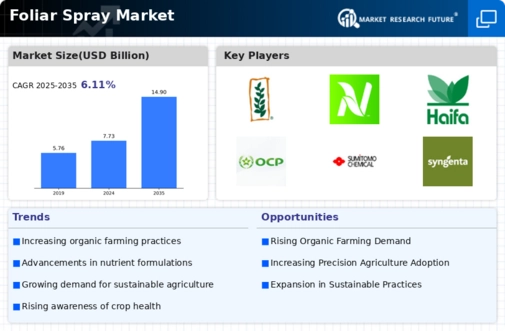
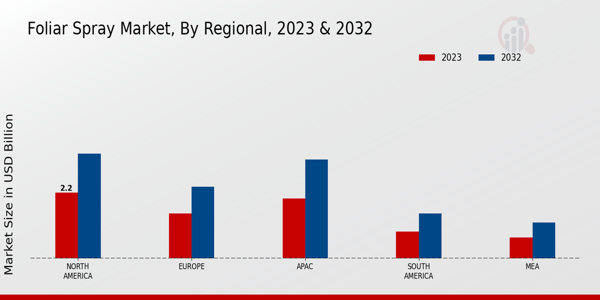


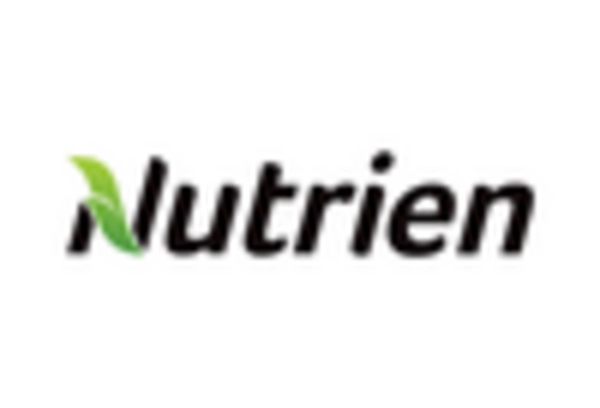
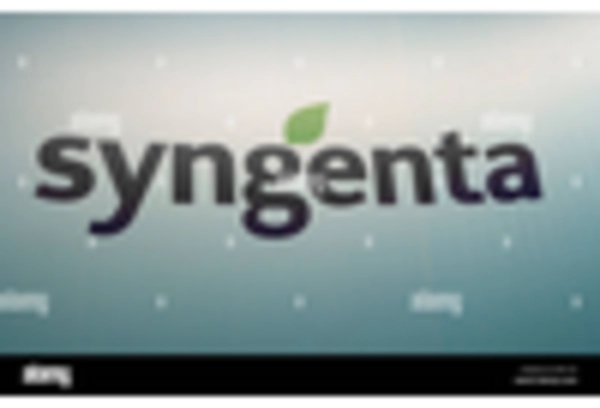
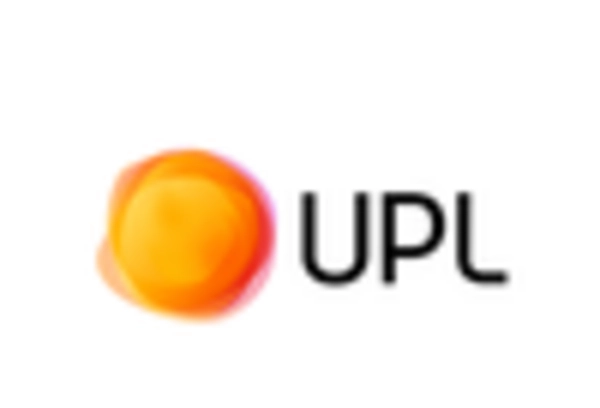
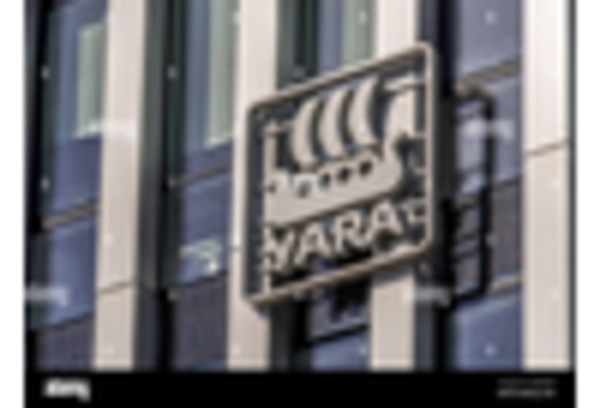








Leave a Comment